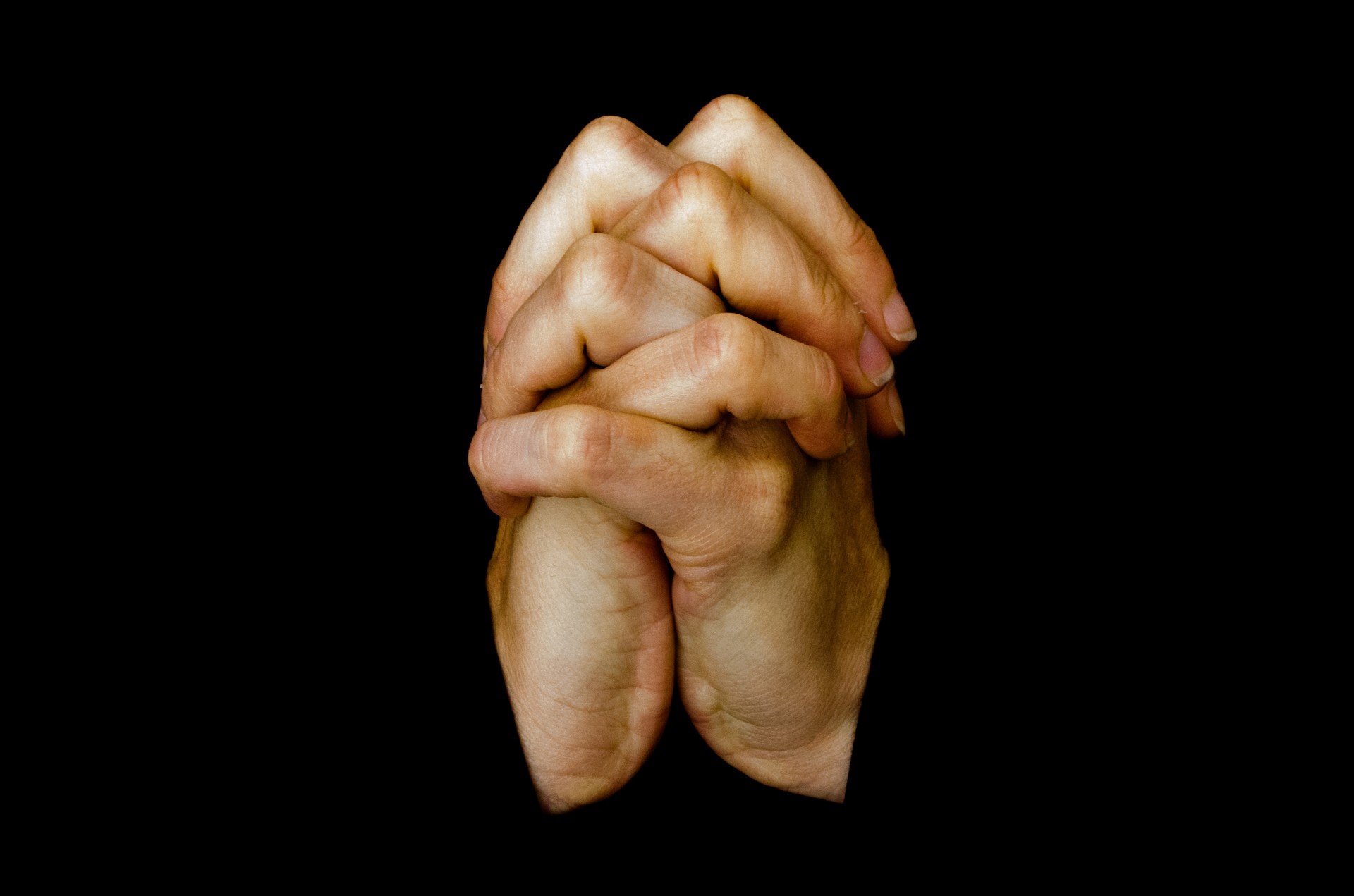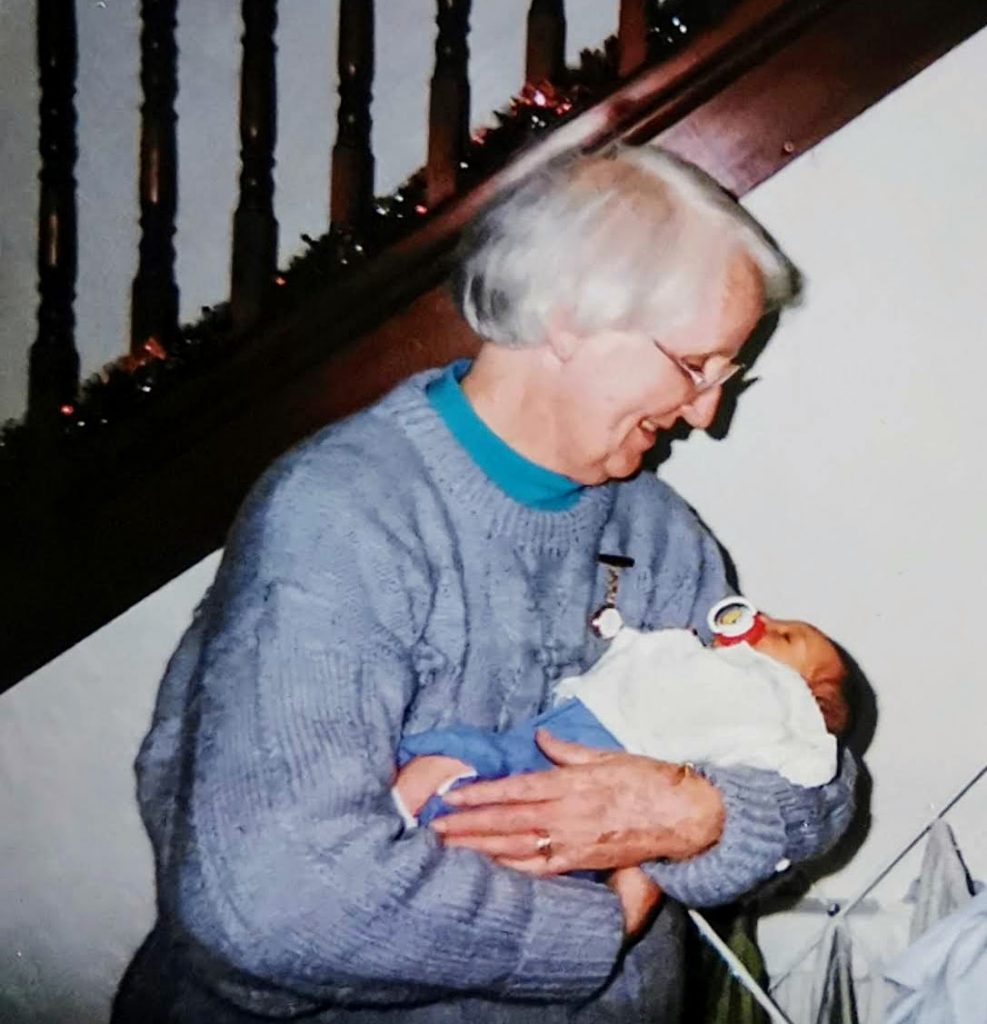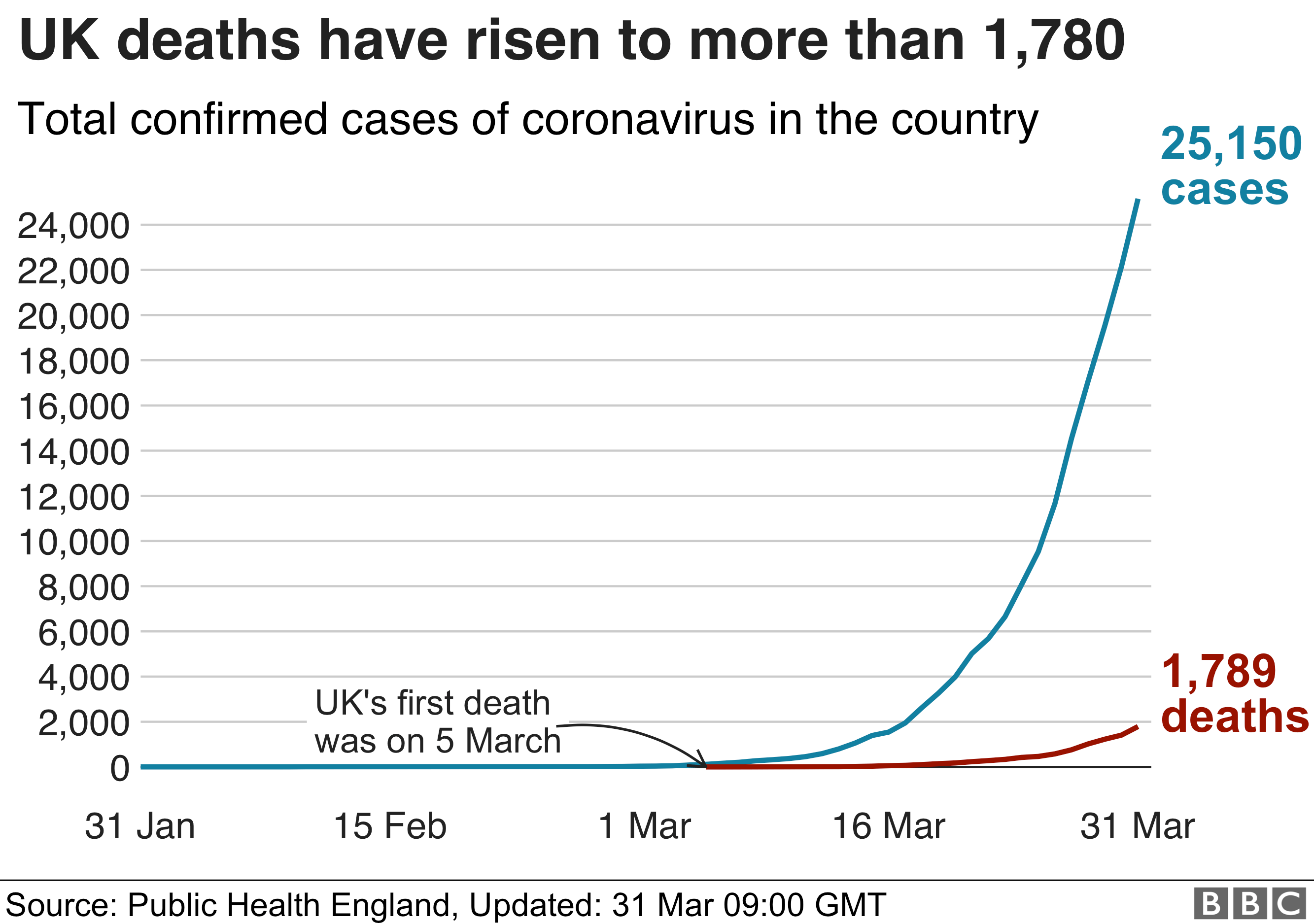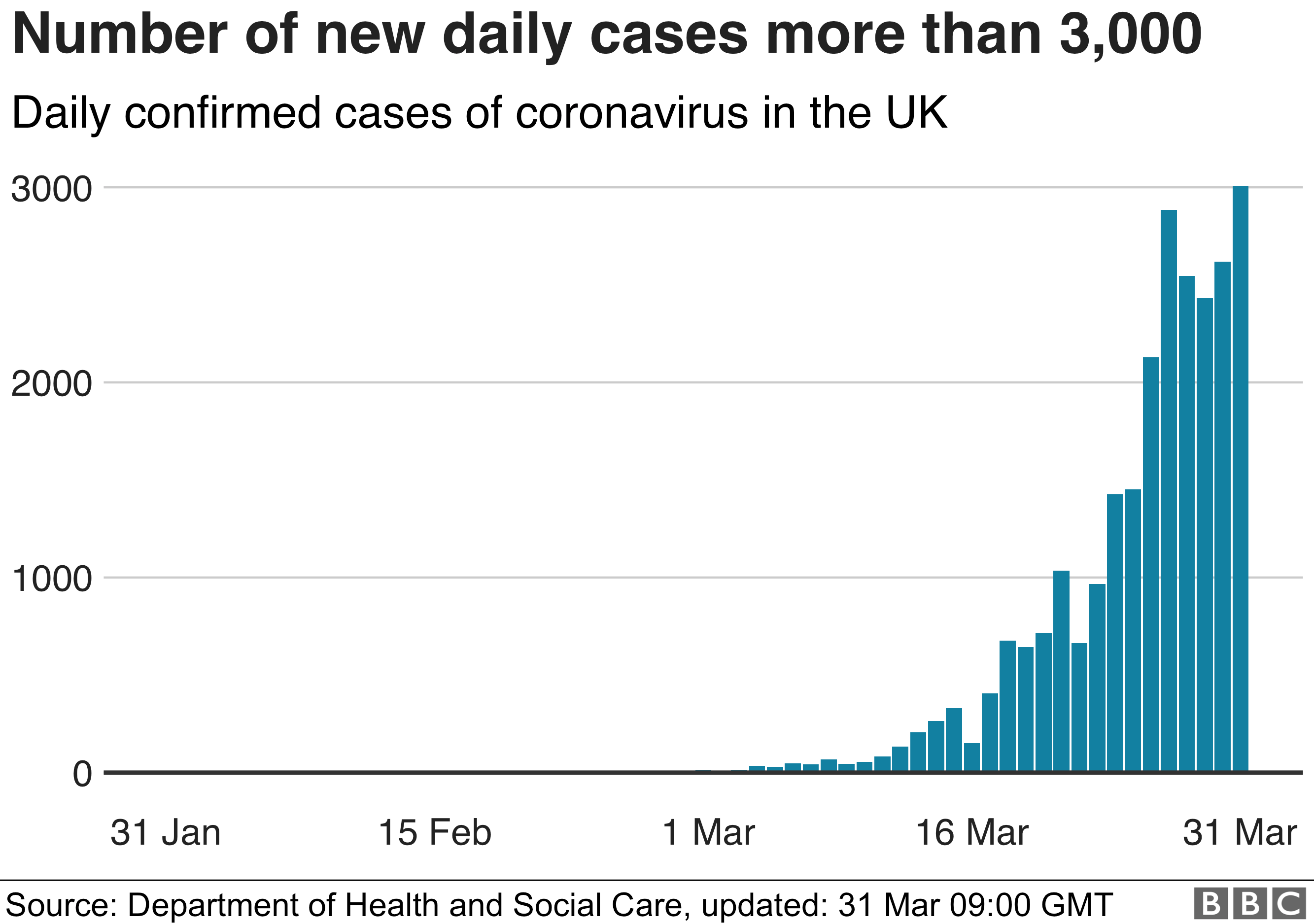
I am regularly hearing the line that goes something like this “we as Nonconformist do not use our churches for private prayer we do that at home” The implication being that Roman Catholic and Anglo-Catholics only pray in church buildings. I am needing to call you out on this. It is not true, personal devotion in church does not discourage personal devotion at home. Indeed the two go hand in hand.
Firstly I left the URC recently after over Forty years of attending and having had a deep attachment. Indeed I still keep a role for the URC and at times act on its behalf. I had worshipped in all sorts of URC churches. I have been to evangelical ones and to liberal ones. I have been to ones with Presbyterian heritage and ones with Congregational heritage. I have been to small churches and large churches.
I did pray at home while I was a URC member but the support I got from the local church to do so (excluding my parents’ own practice) was practically nil. I got support to study the bible as a teenager at home although I cannot remember much of that as an adult. I did the TLS course which included a personal year and a social year but that again was not the local church. Encouragement to be involved in social action was widespread, encouragement to join with corporate meetings including prayer meetings happened. Occasionally courses on how to pray. But things that supported private devotion at home was nil, indeed it seemed to be a taboo topic. As if to talk about it makes us automatically hypocritical.
I am now in an Anglo-Catholic church. I meet weekly to pray the rosary with others. This is the prayer meeting that is there. This is where the needs of the church are prayed for, where we pray the church will be guided by God and not led into times of trial. This is where personal prayer requests are shared. However, this is not a coming together for doing our weekly prayer slot. The rosary is the ‘office of the people’. The group teaches people to pray the rosary and then encourages them to pray it at other times. You can pray it up to four times a day. One member prays it at least every day and for me, it is a way to connect in with a worldwide network of prayer when I am highly anxious but I try to pray it at other times weekly as well. All those times are not in church. The church gives away rosaries to anyone interested in praying it with no requirement to come to the rosary group. In other words, the rosary is a pattern of prayer people are encouraged to pray at home.
The other part of the “office of the People” is the Angelus which gives three times of prayer daily, rising, noon and 6:00 pm but takes a couple of minutes. Some Catholic and Anglo-Catholic church will ring the bells for this to remind people.
Let me next take you to my style of prayer, the office. For those who do not know the terminology, this is following a formal pattern of prayer at least once a day but up to seven times. Since I was a teenager this for me has meant at least morning and evening prayer. Now for those who think this means that I have been joining Mattins and Evensong each day, let me assure you that public celebration at this congregation as with most CofE congregations is not a daily occurrence. Just before lockdown, we had evening prayer twice a week and morning prayer once. That had grown over the previous year from just evening prayer once a week and I never made the morning prayer. The vicar however does try to be faithful to his Office and we know this, partly because he will put up a prayer on social from it when he has appreciated it, partly because he mentions when he struggles and partly because he is open about saying the office when we are at church for a long time during the day e.g. over Easter. Other people in the congregation have slowly caught on and are trying the office for size. Plus we have a few like myself who naturally are drawn to the office. It is organic and largely at home but we are aware we are praying with others in so doing.
Add onto this that the vicar has run an Advent course on prayer and then there have been two meditation courses. Also, the vicar will mention occasionally suggested ways of prayer during the sermon. One is simply to invoke the Trinity on rising and going to bed as a way of giving the whole day to God. Plus there are leaflets on prayer at the back of the church for anyone to pick up.
That gives some idea of how prior to the current pandemic private prayer at home was encouraged in an Anglo-Catholic congregation. I now need to deal with how lockdown affected it. There were two issues at lockdown. Firstly to keep contact with the sacramental life of the church primarily with Communion and secondly to develop people’s personal prayer lives at home.
With respect to the Mass two things happened. Firstly the vicar started streaming mass every day! It is do-able but tough on the vicar. The face he was streaming mass meant that we also picked up other streamed services such as the Pope’s exceptional Urbi et Orbi in March. However, the vicar also just before lockdown started encouraging us to think about making spiritual communion. This did two things. One it gave us a way to feel we were not simply watching but participating in the Eucharist. It also pointed us to preparing for Eucharist by reading and meditating on the words of scripture for the day at home. As a result I think many people are actually praying more often at home.
The second was a deliberate attempt to encourage personal private prayer. Two packs went out during the intense period of lockdown with resources for personal prayer. Including such things:
- as a Divine Mercies Poster, the poster bears the signature “Jesus I trust in you” and is for display;
- a copy of the parish rosary booklet with a litany specifically written by a member for these times
- an act of contrition, which was an essential addition for those who avail themselves of the confession and therefore would want a way to do the preparation for confession even when not able avail oneself of it.
The second thing we did on Zoom, after the weekly business church wardens meeting, was to continue the rosary group which immediately increased by one individual who was furloughed. The vicar also in the early days made a practice of saying evening prayer with individuals each evening. This might be from within the congregation or without the congregation. Then the Church Union put up a page with resources for people and parish during the pandemic. Also the weekly newsletter each week encourages us to share something about our personal devotional life whether it is where we pray at home, our favourite hymn, saints who have influenced us or something that brought us joy. In other words, we are encouraged to share something of our devotional life.
Let me be clear this has not been our sole response to the pandemic. The Parish Nurses have been busy in unexpected ways and the church has set up a discretionary fund to help people in financial difficulties, the congregation rings around all members each week, there are coffee and catechism meetings after Sunday Mass by Zoom and there is developing a book club for spiritual reading. We are fortunate that nobody has died within the congregation but we do have members who are shielding and members who suddenly were income less with the lockdown. What I want to make clear is the prominence of personal prayer at home has played both before the pandemic and in the congregation’s response to it.
Yes, we will be pleased to have the ability to open churches for personal prayer. Some of us have been deliberately shaping our walks so we pass by the church as part of our personal devotion. The reason is not the building, so much as that it contains the blessed sacrament. Symbolically the blessed sacrament plays the role that the URC so often uses the Bible for, a sign of what is central to our faith. However, personal prayer in church is not something we do instead of personal prayer at home. To my parish, there is a symbiotic relationship between the two. The practice of one supports the practice of the other.
My experience would suggest that there is more personal prayer happening in the homes of Anglo-Catholics and Roman Catholics than URCs simply because we are being supported in doing it. So my challenge for those who claim that “we have homes for personal prayer” is how have you supported your members in doing so during these times?




